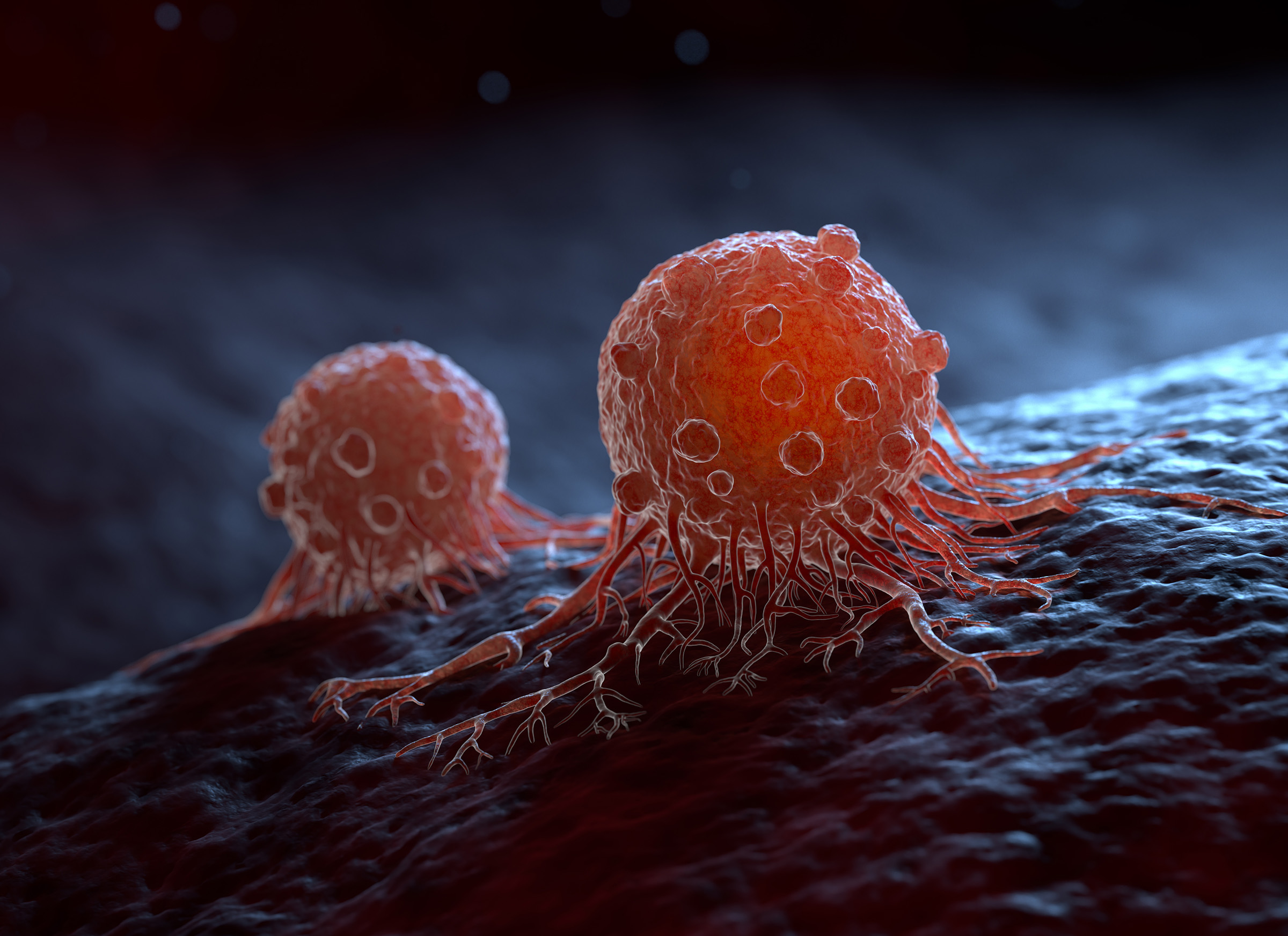Tech
Scientists found a new way to make cancer cells self-destruct

Scientists have created a new compound that can self-destruct cancer cells. The compound is made up of two proteins, which researchers “glued” together. They describe the process in a paper published earlier this month in the journal Science.
The new compound was developed after Gerald Crabtree, MD, a professor of development biology, began to muse over the decades-old discovery that cells can trigger their own deaths if they determine that is the best course of action for the body. This process is called apoptosis and is actually critical for several biological processes.
The procedures we currently use to treat cancer include chemotherapy and radiation, both of which have a tendency to target cells beyond just the cancerous ones. As such, we’ve seen researchers looking to create more targeted cancer treatments. However, creating a treatment that can self-destruct cancer cells would be a complete game-changer, as it would essentially let the cancer cells kill themselves.
One of the main proteins used in the new procedure is called BCL6, and when it mutates, it actually drives blood cancer. Medical professionals call this type of cancer-driving protein an oncogene, and in cancer like lymphoma, BCL6 sits on DNA near genes that promote apoptosis and then keeps them turned off. This is what helps the cancer cells retain their “immortality.”
However, when the researchers tethered BCL6 with a protein called CDK9, they found that it acted as a catalyst for gene activation. In this particular case, it turned on the apoptosis gene that BCL6 normally keeps turned off. By turning it back on, the researchers found that they could self-destruct cancer cells.
Essentially, they took something that the cancer relied on to keep it alive and turned it into the weapon needed to kill the cancer at its core. The team is now testing this new compound in mice with diffuse large B-cell lymphoma to see just how well it can kill cancer in a living organism. Hopefully those tests come back with positive results, and we see more advances in this particular field going forward.









